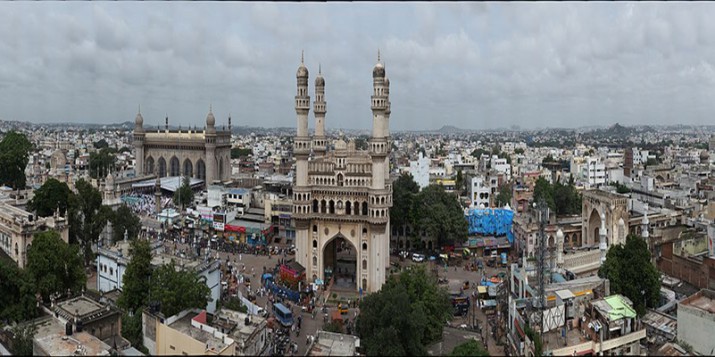The city of smiles, of lights, of a thousand faces, endearingly called the Pearl City, Hyderabad offers a variety of tourist attractions ranging from Heritage monuments, Lakes and Parks, Gardens and Resorts, Museums to delectable cuisine and a delightful shopping experience. To the traveller, Hyderabad offers a fascinating panorama of the past, with a richly mixed cultural and historical tradition spanning 400 colourful years.
Charminar
The Charminar is as much the signature of Hyderabad as the Taj Mahal is of Agra or the Eiffel Tower is of Paris. Mohammed Quli Qutb Shah, the founder of Hyderabad, built Charminar in 1591 at the centre of the original city layout. It is said to be built as a charm to ward off a deadly epidemic raging at that time. Four graceful minarets soar to a height of 48.7 m above the ground. Charminar has 45 prayer spaces and a mosque in it.
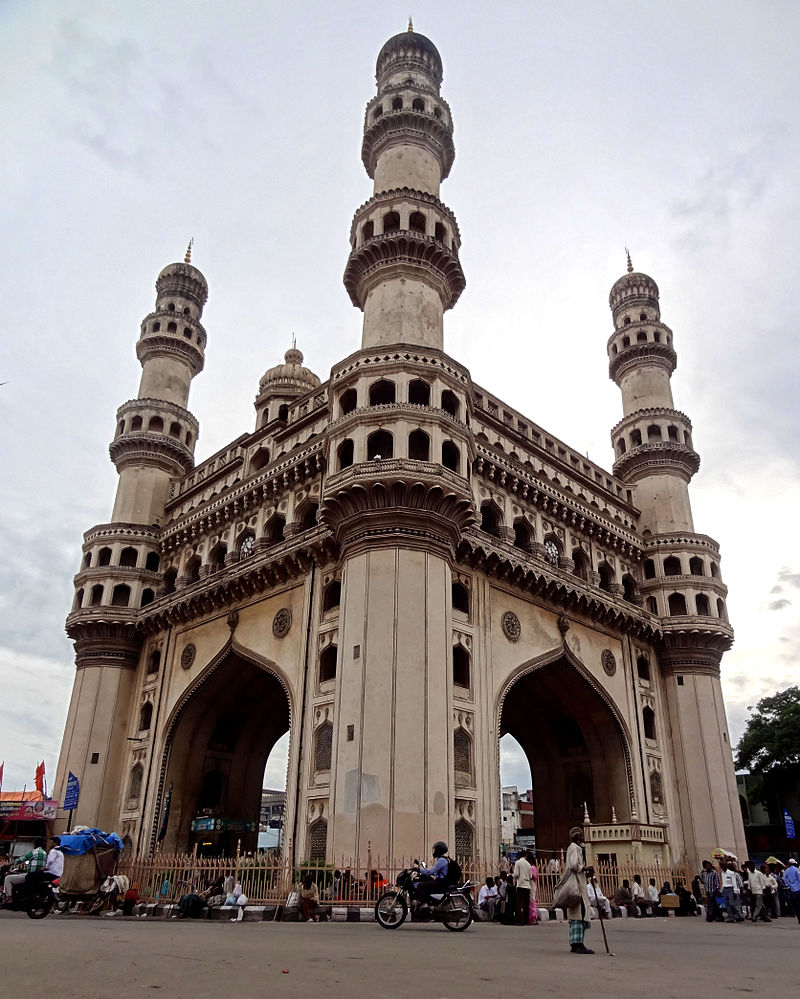
Mecca Masjid
A two hundred yards southwest of the Charminar is the Mecca Masjid, so named because the bricks were brought from Mecca to build the central arch. The Qutb Shahis never finished the building of the mosque, which was completed by Aurangzeb in 1694.

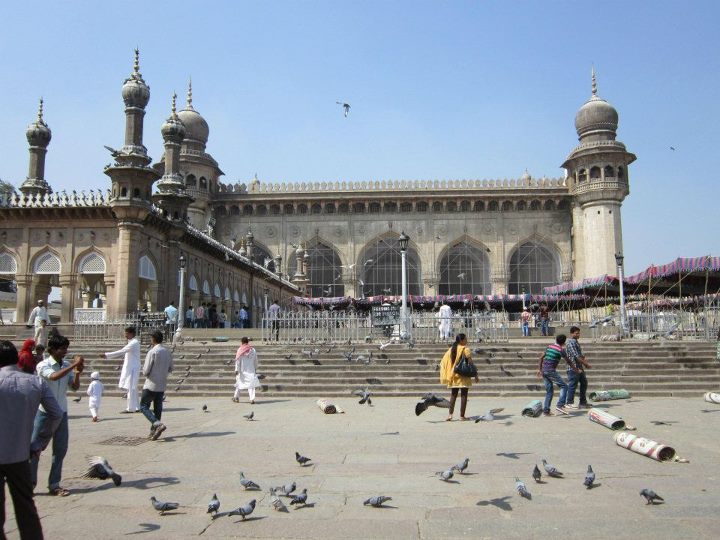
Qutb Shahi Tomb
The tombs of the legendary Qutb Shahi kings lie about a kilometre away from Banjara Darwaza of the Golconda Fort. Planned and built by the Qutb Shahis themselves, these tombs are said to be the oldest historical monuments in Hyderabad. They form a large group and stand on a raised platform. The tombs are built in Persian, Pathan and Hindu architectural styles using grey granite, with stucco ornamentation.

Salar Jung Museum
This museum houses one of the biggest one-man collections of antiques of the world by Mir Yousuf Ali Khan, Salar Jung III. The objects d’art include Persian carpets, Moghal miniatures, Chinese porcelain, Japanese lacquerware, famous statues including the Veiled Rebecca and Marguerite and Mephistopheles, a superb collection of jade, daggers belonging to Queen Noor Jahan and the Emperors Jahangir and Shah Jahan, Aurangzeb’s sword and many other fabulous items.

Golconda Fort
Golconda is one of the famous forts of India. The name originates from the Telugu words “Golla Konda” meaning “Shepherd’s Hill”. The origins of the fort can be traced back to the Yadava dynasty of Deogiri and the Kakatiyas of Warangal. Golconda was originally a mud fort, which passed to the Bahmani dynasty and later to the Qutb Shahis, who held it from 1518 to 1687 A.D. The first three Qutb Shahi kings rebuilt Golconda, over a span of 62 years. The fort is famous for its acoustics, palaces, ingenious water supply system and the famous Fateh Rahben gun, one of the cannons used in the last siege of Golconda by Aurangzeb, to whom the fort ultimately fell.


NTR’ Gardens
NTR Gardens is a small public, urban park of 36 acres (0.15 km2; 0.056 sq mi) adjacent to Hussain Sagar lake in Hyderabad, India.
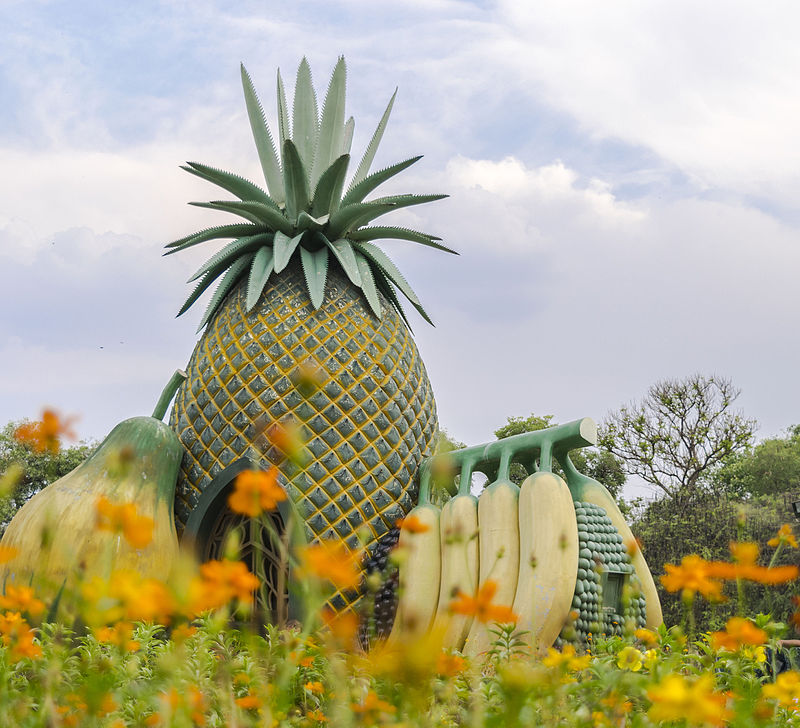

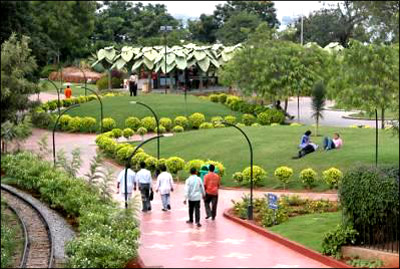

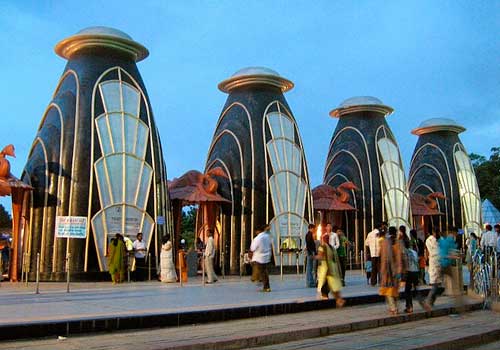

Tirumala Venkateswara
Venkateswara Temple, Tirumala-Tirupati: Tirupati is the abode for the famous Hindu temple of Lord Venkateswara. It is the richest and the most visited religious place (of any faith) in the world.[1] It records an annual income of about 100 Billion Rupees (2. 5 Billion US Dollars), mostly from offerings by the devotees. Located in Chittoor District.
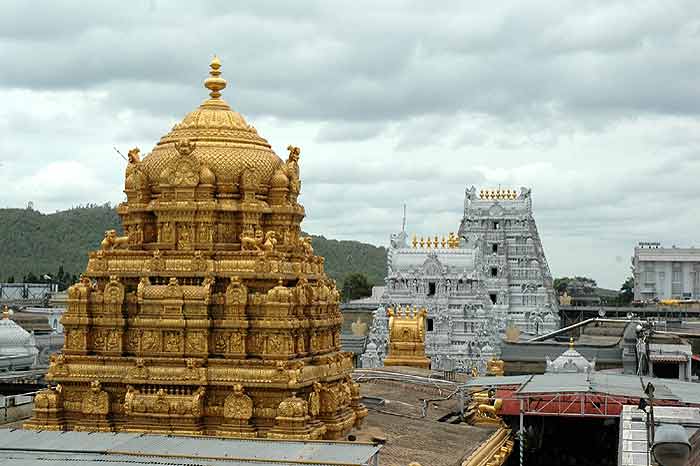

Birla Mandir
This white marble temple of Lord Venkateshwara floats on the city skyline, on Kala Pahad. The idol in the temple is a replica of the one at Tirumala Tirupati.

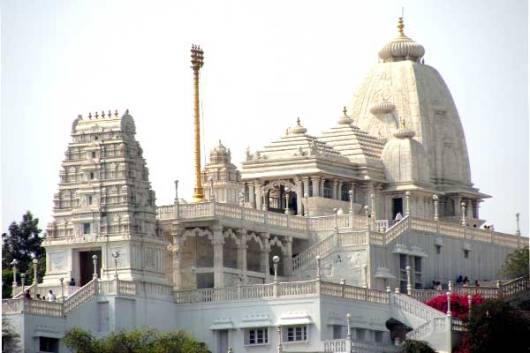
Mallikarjun
Mallikarjun Temple is situated on Shri Shaila Mountain by the banks of the Patal Ganga, Krishna River in the southern state of Andhra Pradesh. Also known as Kailash of the South, Mallikarjuna constitutes one of the 12 Jyotirlingam shrines of Shiva and is one of the greatest Shaivaite shrines in India. The presiding deities of Mallikarjuna Temple are Mallikarjuna (Shiva) and Bhramaramba (Devi). Every year there is a fair organized on account of Mahashivratri.

Kanaka Durga
Kanakadurgamma Temple situated on the banks of river krishna,Indrakeeladri, Vijayawada. Sri Kanakadurgamma (kanaka durga) is swayambu(self-manifested). It is one of the largest temples in India. and 2nd largest temple in Andhra Pradesh. Temple commonly called as Vijayawada Kanaka Durgamma Temple,in the Krithayuga goddess Durga killed Mahishasura who was a disaster for World. Then goddess Durga shined on the Keela mountain with eight arms in the form of MAHISHASURA MARDINI as she had given boon to keela. On this mountain, goddess Durga had been glowing with the lighting of crores of suns, with golden colour. Since that, Indra and all the deities praised her chanting “KANAKA DURGA” and they had been worshipping her daily.
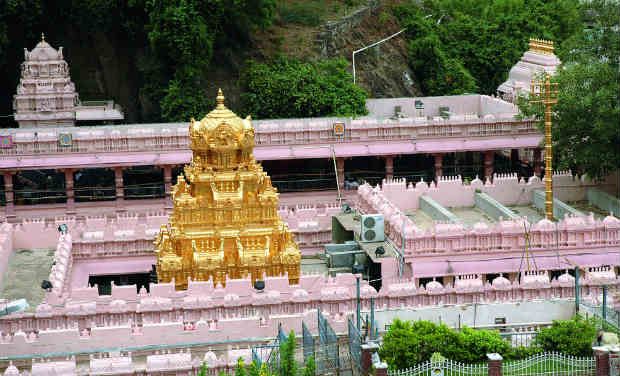
Nagarjuna Sagar
Nagarjuna Sagar Dam was built across the Krishna river at Nagarjuna Sagar where the river is forming boundary between Nalgonda district of Telangana state and Guntur district of Andhra Pradesh state in India. The construction duration of the dam was between the years of 1955 and 1967. The dam created a water reservoir whose gross storage capacity is 11,472,000,000 cubic metres.

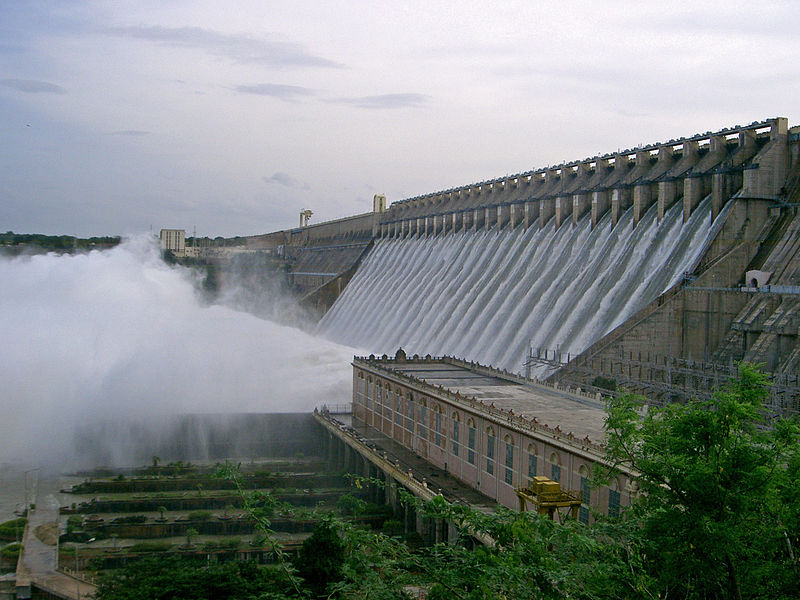
Nagarjunakonda
Nagarjunakonda (meaning Nagarjuna Hill) is a historical Buddhist town, now an island located near Nagarjuna Sagar in Guntur district, Andhra Pradesh, India.


Hussainsagar Lake
Hussain Shah Wali during the time of Ibrahim Quli Qutb Shah, the lake has a promenade that is a busy thoroughfare today. Boating and water sports are a regular feature in the Hussainsagar. One of the World’s tallest monolithic statues of the Buddha stands on the ‘Rock of Gibraltar’, in the middle of the lake.
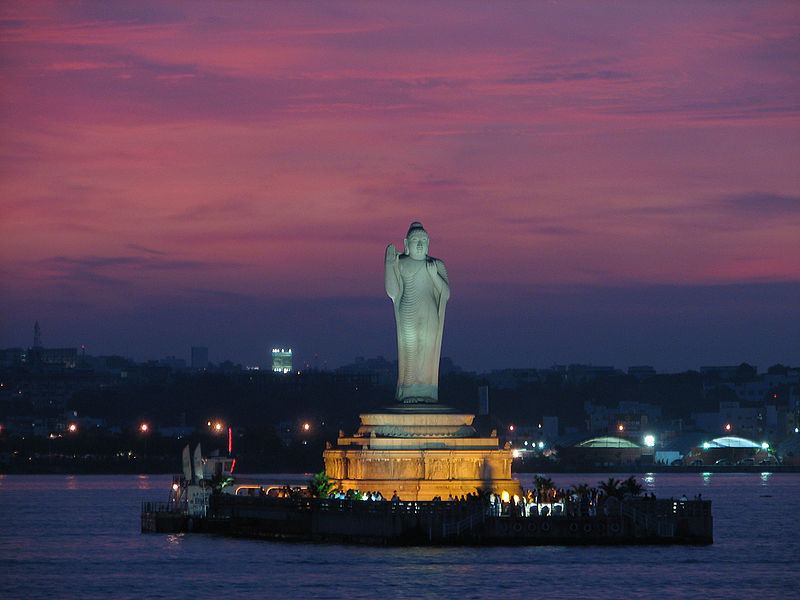
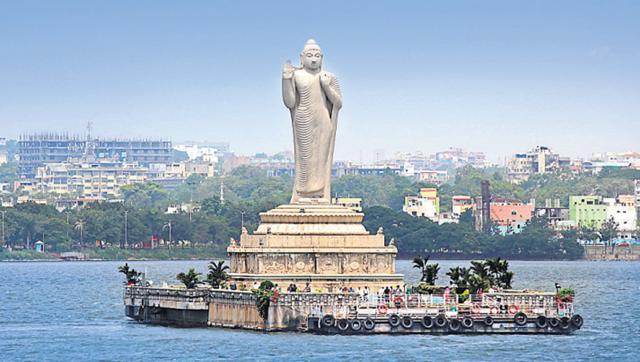
Chow Mohalla Palace
Built in several phases by the Nizams between 1857-1869, this is now one of the heritage buildings. The complex comprises four palaces in Moghal and European styles, of which the main palace is double storeyed with the others being single-storeyed blocks.




Amravathi
Amaravati is the proposed riverfront capital city of the Indian state of Andhra Pradesh. It is located on the southern banks of theRiver Krishna in Guntur district.
Amareswara Temple
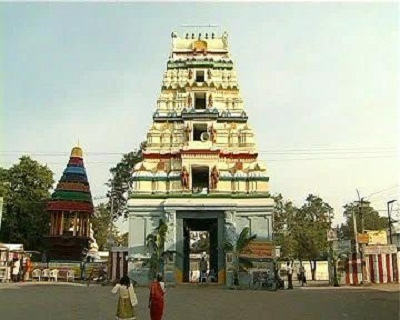
Araku Valley

Hyderabad Mosque

Lepakshi Stone Nandi
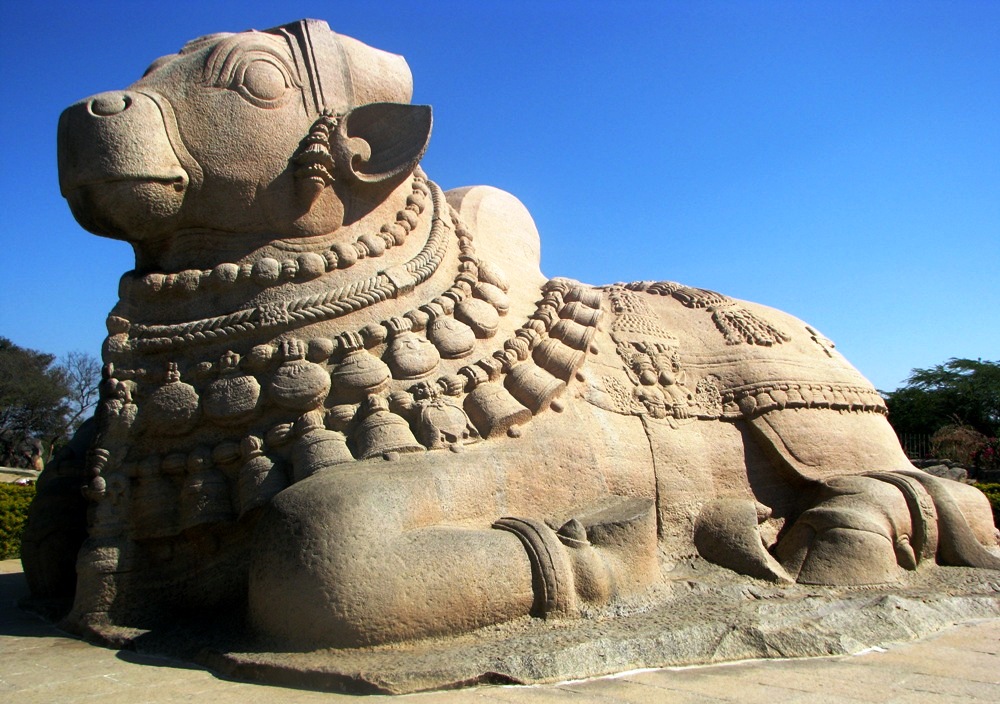
Sankaram Caves
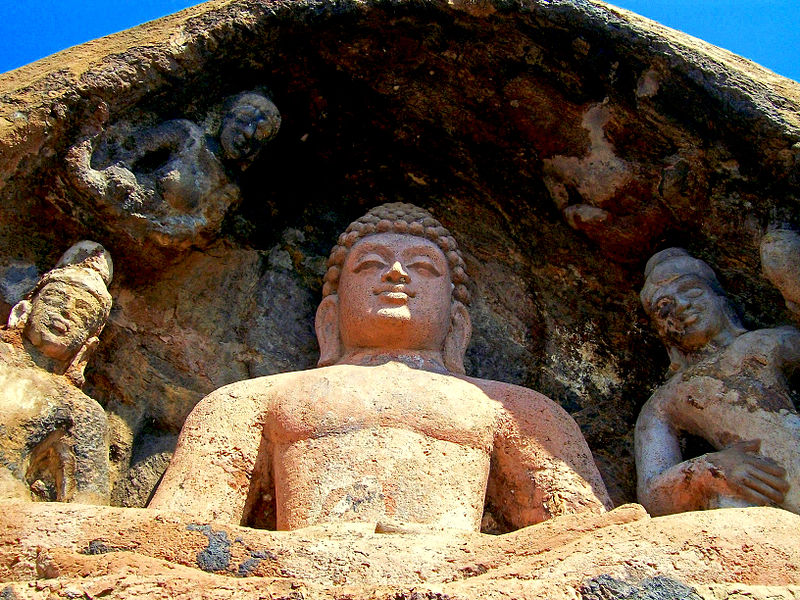
Sri Kala Hasti Temple
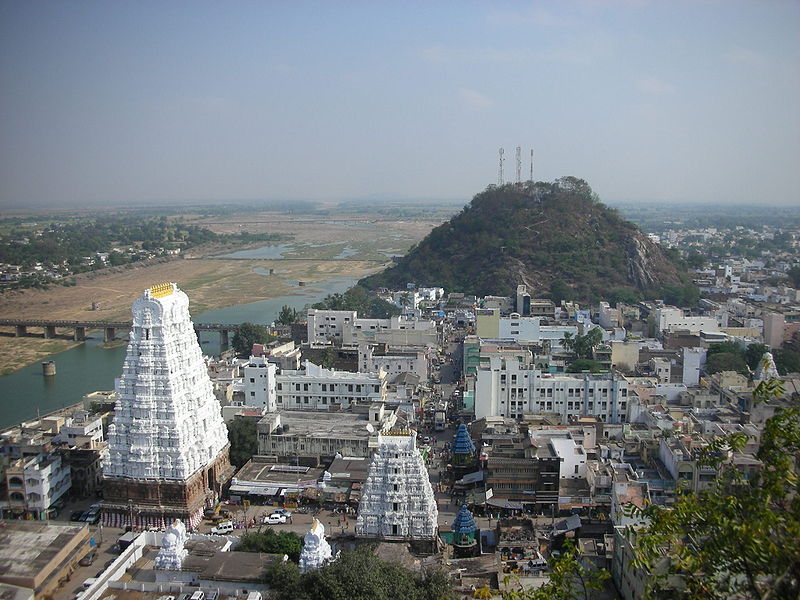
Belum Caves
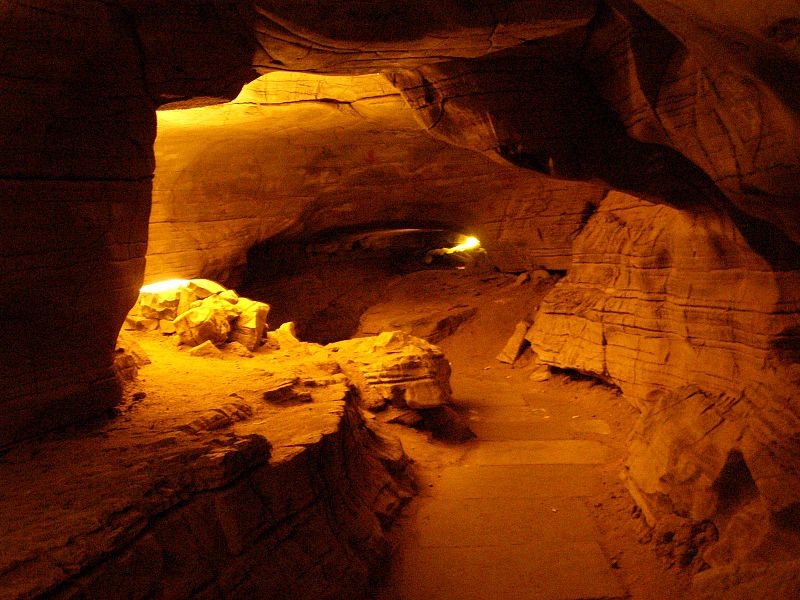
Ramoji Film City
The Ramoji Film City in India is located in Hyderabad. At 2000 acres, It is the largest integrated film city in the world.
It is also a popular tourism and recreation centre, containing both natural and artificial attractions including an amusement park. The Outer Ring Road Phase 2 has acquired lands at the entrance and is set to intersect the city.
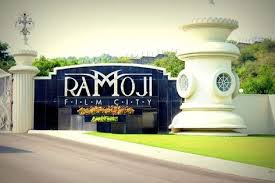
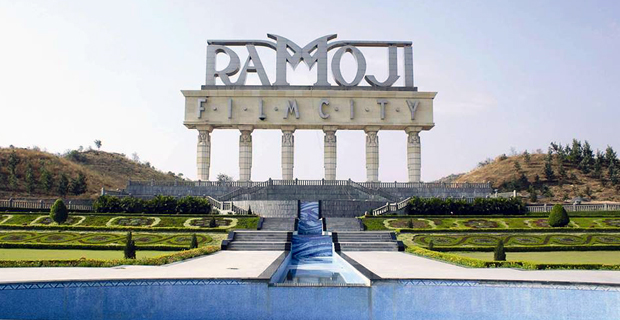
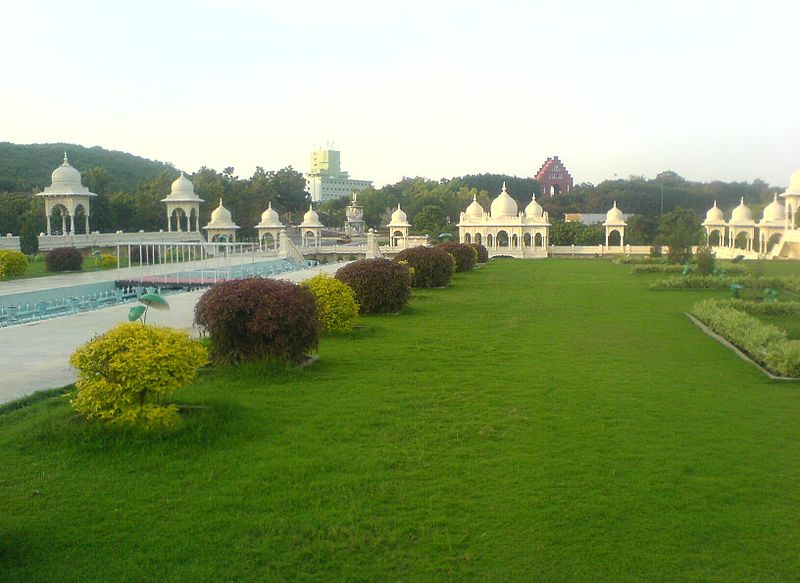




Falaknuma Palace
Falaknu is a palace in Hyderabad, Telangana, India. It belonged to Paigah Hyderabad State, and it was later owned by the Nizam of Hyderabad. It is on a 32-acre (13 ha) area in Falaknuma, 5 km from Charminar. It was built by Nawab Vikar-ul-Umra, prime minister of Hyderabad and the uncle and brother-in-law of the Nizam VI, Nawab Mir Mahboob Ali Khan Bahadur. Falak-numa means “Like the Sky” or “Mirror of the Sky” in Urdu.




